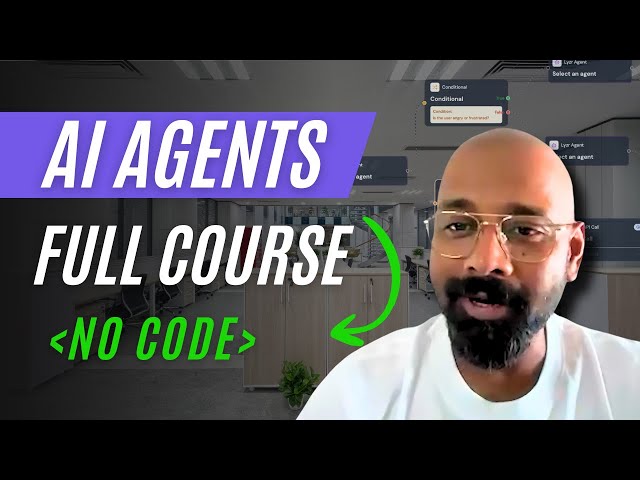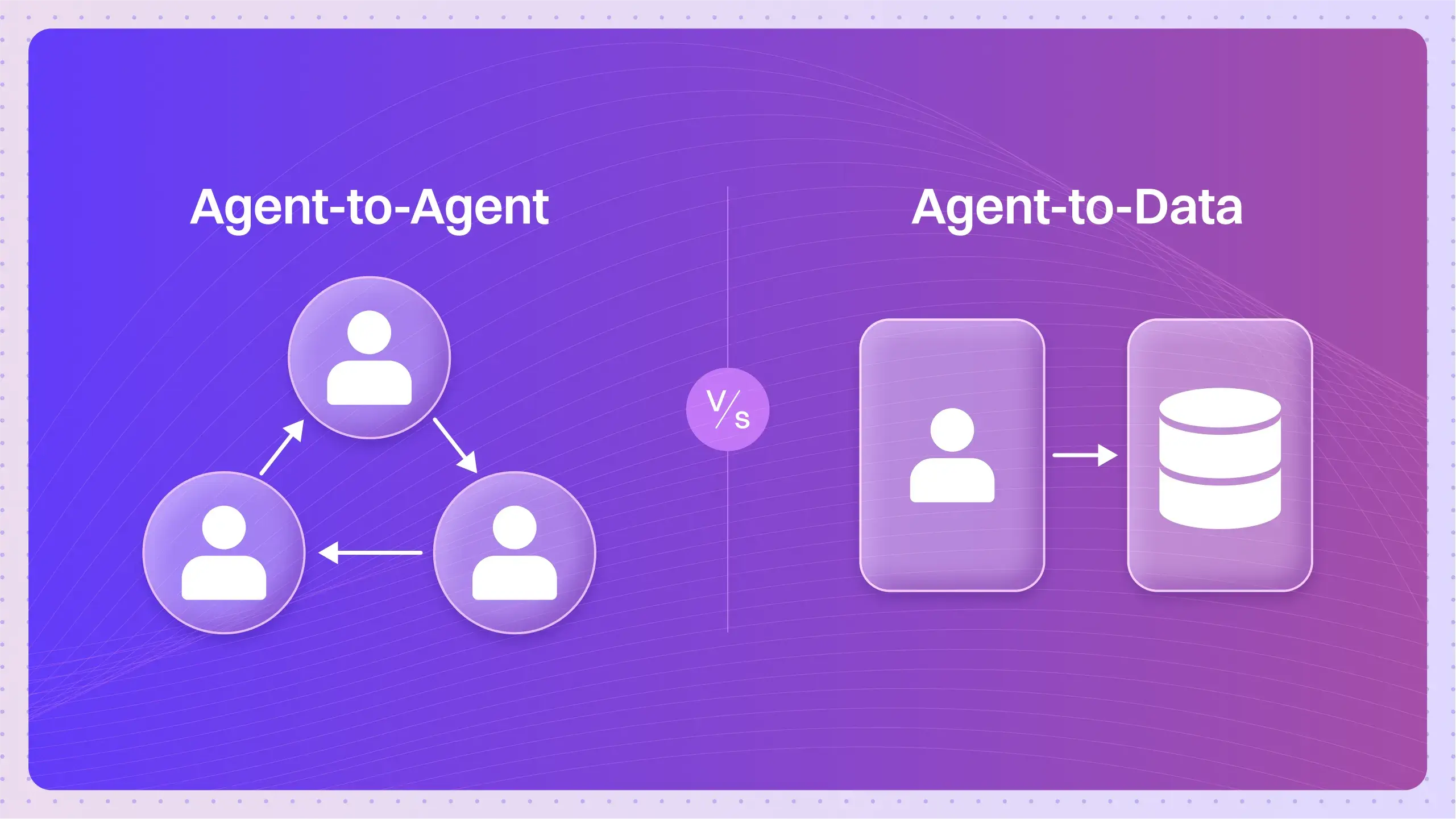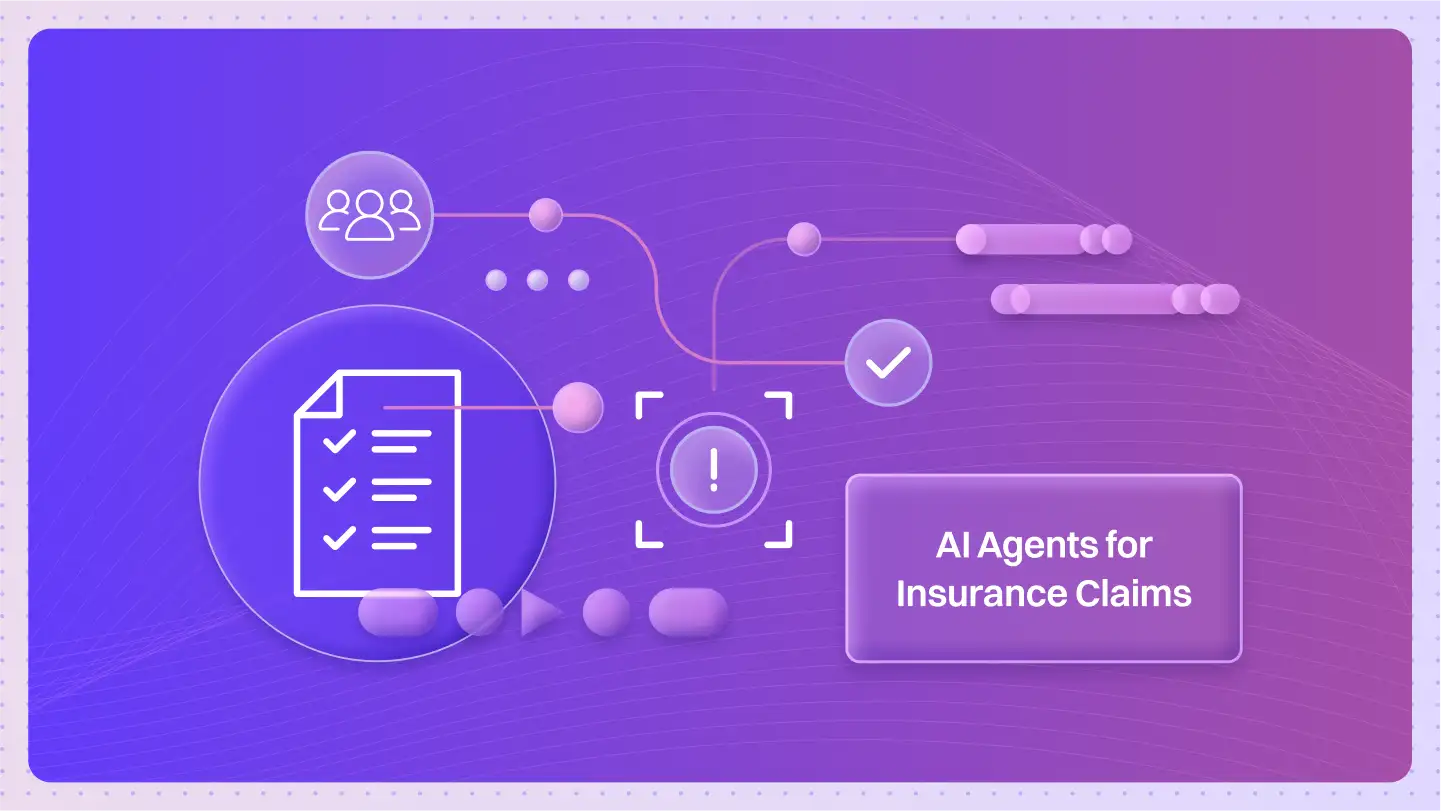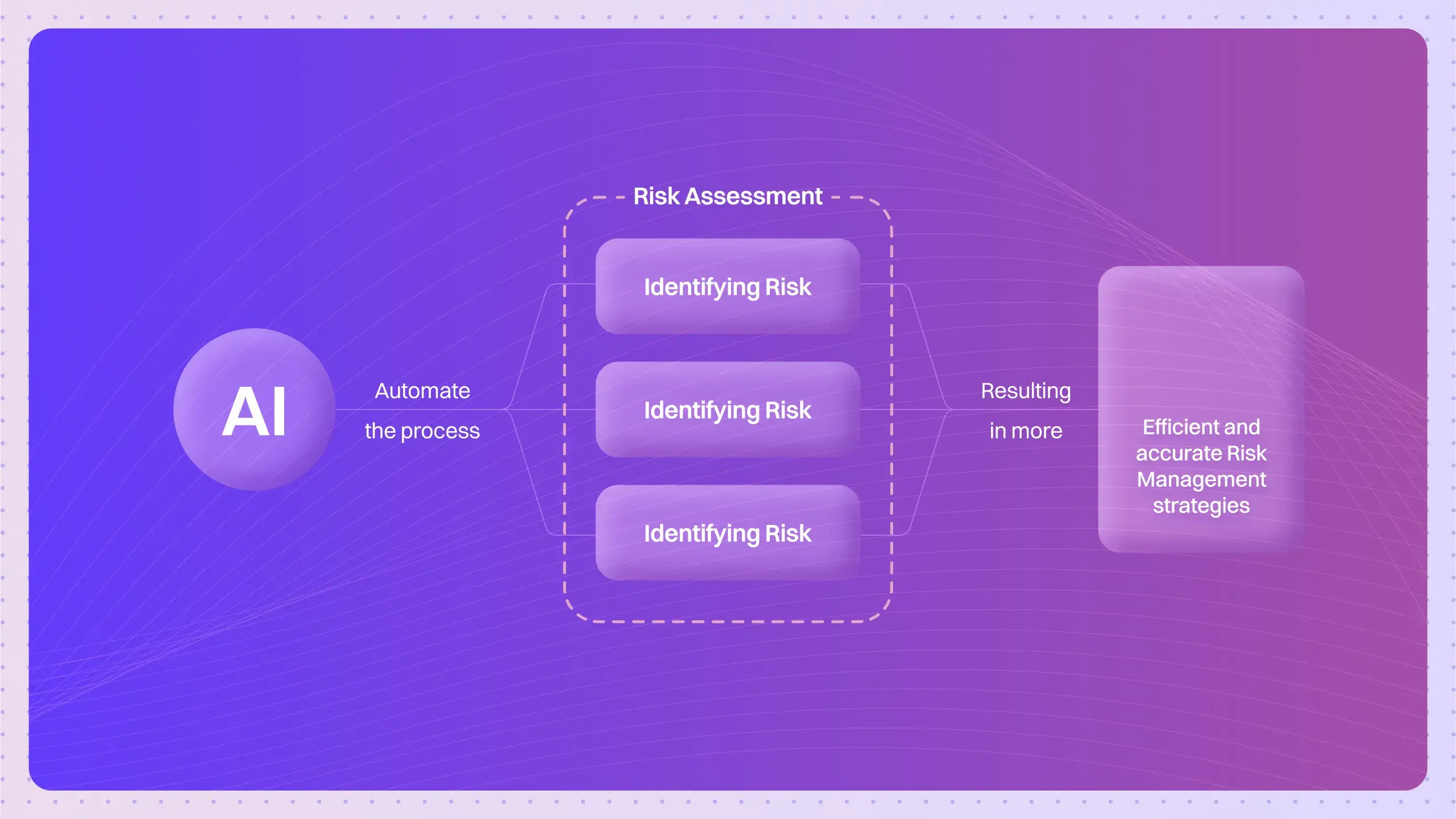Your next best employee isn’t a person.
Enterprise AI Agents are specialized AI systems designed to automate specific business processes and decision-making tasks within an organization, seamlessly integrating with existing enterprise systems to enhance efficiency, reduce costs, and generate data-driven insights.
Imagine these agents as your most diligent corporate professionals.
A marketing manager expertly handles campaign strategies and metrics.
A marketing AI agent does the same, analyzing data, optimizing ad spend, and making strategic recommendations with machine-level efficiency and accuracy.
They aren’t just tools; they are digital team members, built for purpose.
This isn’t just about automating a few tasks.
It’s about creating a more intelligent, responsive, and efficient operational backbone for the entire business.
What are Enterprise AI Agents?
They are purpose-built digital workers for your company.
Unlike a general-purpose AI you might chat with, Enterprise AI Agents are designed with a specific job description.
They are:
- Function-Specific: An agent for finance understands invoicing and compliance. An agent for HR knows how to screen resumes and schedule interviews.
- Deeply Integrated: They don’t live in a separate app. They plug directly into your core systems like Salesforce (CRM), SAP (ERP), and Workday (HRM).
- Autonomous: They can execute multi-step workflows, make decisions based on company rules, and operate without constant human supervision.
- Business-Aware: They understand your company’s policies, workflows, and objectives, ensuring their actions are always aligned with business goals.
Think of them less as software and more as autonomous systems designed to execute and optimize business functions.
How do Enterprise AI Agents differ from consumer AI tools?
The difference is purpose, integration, and proactivity.
Consumer AI tools are generalists.
They answer questions, write emails, and generate ideas.
They are designed to react to your prompts.
Enterprise AI Agents are specialists.
They don’t wait for a prompt. They actively manage business processes.
- Consumer AI is reactive; it responds to user queries. Enterprise AI is proactive; it executes business tasks autonomously.
- Consumer tools are standalone. Enterprise Agents are deeply woven into the fabric of your company’s digital infrastructure.
- Consumer tools provide general assistance. Enterprise Agents deliver measurable ROI against specific business metrics, like reduced operational costs or increased sales lead conversion.
You wouldn’t ask a consumer chatbot to manage your supply chain. You would deploy a specialized Enterprise AI Agent designed for that exact purpose.
How do Enterprise AI Agents transform business operations?
They move businesses from manual and reactive to automated and predictive.
This transformation happens by delegating specific, high-volume tasks to agents that can perform them faster, more accurately, and at a greater scale than human teams.
Look at real-world examples:
- UiPath provides agents that act as a digital workforce, automating repetitive back-office tasks in finance and accounting. This frees up human analysts to focus on strategic financial planning instead of manual data entry.
- Salesforce Einstein embeds AI agents directly into its CRM. It analyzes sales data to predict which leads are most likely to convert, guides sales reps on the next best action, and automates customer communication.
- IBM Watson is used in healthcare to analyze vast amounts of clinical data. It acts as a decision-support agent for doctors, highlighting potential diagnoses and relevant research to improve patient outcomes.
The impact is clear: higher efficiency, lower error rates, and smarter decision-making across the board.
What are the primary challenges in deploying Enterprise AI Agents?
Deployment isn’t just a matter of flipping a switch.
Organizations face several key hurdles:
- System Integration: Connecting agents to a complex web of modern and legacy enterprise systems can be a major technical challenge.
- Data Quality: AI agents are only as good as the data they access. Poor or siloed data leads to poor performance and bad decisions.
- Process Standardization: Many business processes rely on unwritten rules and human intuition. Automating them requires formally defining and standardizing these workflows first.
- Change Management: Employees need to be trained on how to work alongside their new digital colleagues. This requires a cultural shift from doing the work to supervising the work.
- Governance and Security: Establishing clear oversight for agent actions and ensuring they comply with security and privacy regulations is non-negotiable.
What technical mechanisms power Enterprise AI Agents?
It’s a combination of intelligence, connectivity, and context.
Three core technologies work together to make these agents effective:
- API Integration: This is the agent’s ability to talk to your other software. Application Programming Interfaces (APIs) are the bridges that allow the agent to connect with your CRM, ERP, and other databases to pull data and execute actions.
- Machine Learning Algorithms: This is the agent’s brain. These algorithms analyze historical business data to find patterns, make predictions, and recommend optimal actions, like forecasting inventory needs or identifying a high-value sales lead.
- Natural Language Processing (NLP): This is the agent’s communication skill. NLP allows agents to understand and process human language from emails, support tickets, and documents, and then respond or take action accordingly.
Quick Test: Assign the Agent
A company wants to improve its customer support. They are overwhelmed with emails about order status, returns, and product questions. Which technical mechanism is MOST critical for an AI agent designed to solve this?
Answer: Natural Language Processing (NLP). The agent first needs to understand the customer’s written request before it can use API integration to look up the order status or process a return.
Questions That Move the Conversation
How do Enterprise AI Agents interact with existing enterprise systems?
They interact primarily through APIs. The agent sends requests to the enterprise system’s API to retrieve data (e.g., “get customer order history”) or to perform an action (e.g., “update customer contact information”). This ensures secure and structured communication.
What is the role of data quality in Enterprise AI implementation?
Data quality is everything. If an agent is fed inaccurate, incomplete, or biased data, its decisions will be flawed. A critical first step in any enterprise AI project is a thorough data audit and cleansing process to ensure the agent has a reliable source of truth.
How do companies measure the success of Enterprise AI Agents?
Success is measured against concrete business KPIs. This includes metrics like:
- Cost Savings: Reduction in operational costs or man-hours.
- Efficiency Gains: Faster process completion times.
- Revenue Growth: Increased sales or lead conversion rates.
- Error Reduction: Decrease in mistakes from manual processing.
What ethical considerations arise with the use of AI in business?
Key considerations include data privacy, algorithmic bias, and accountability. Organizations must ensure that agents handle customer data responsibly, that their decision-making models are fair and unbiased, and that there is a clear line of responsibility when an agent makes a mistake.
How can organizations ensure security when using Enterprise AI Agents?
Security is paramount. This involves implementing robust access controls (ensuring the agent only accesses the data it needs), encrypting data in transit and at rest, regular security audits, and integrating the agent within the company’s existing identity and access management (IAM) framework.
What future trends are expected in Enterprise AI solutions?
We’re moving towards multi-agent systems, where specialized agents collaborate to handle complex, cross-functional workflows. We will also see more low-code/no-code platforms that allow business users with no programming experience to build and deploy their own specialized AI agents.
Enterprise AI Agents are no longer a futuristic concept.
They are becoming the new operational standard for businesses that want to compete on efficiency, intelligence, and speed.







